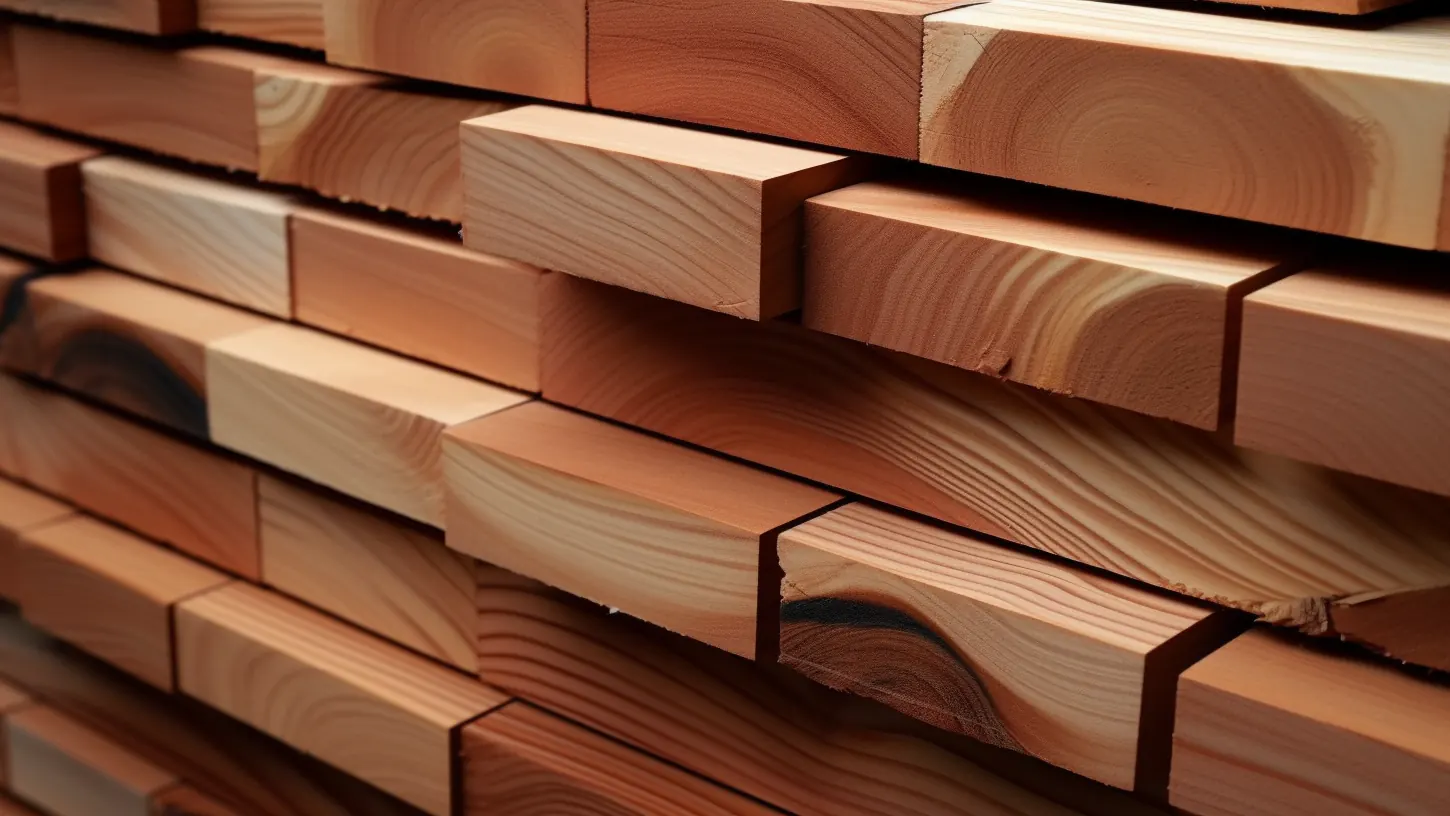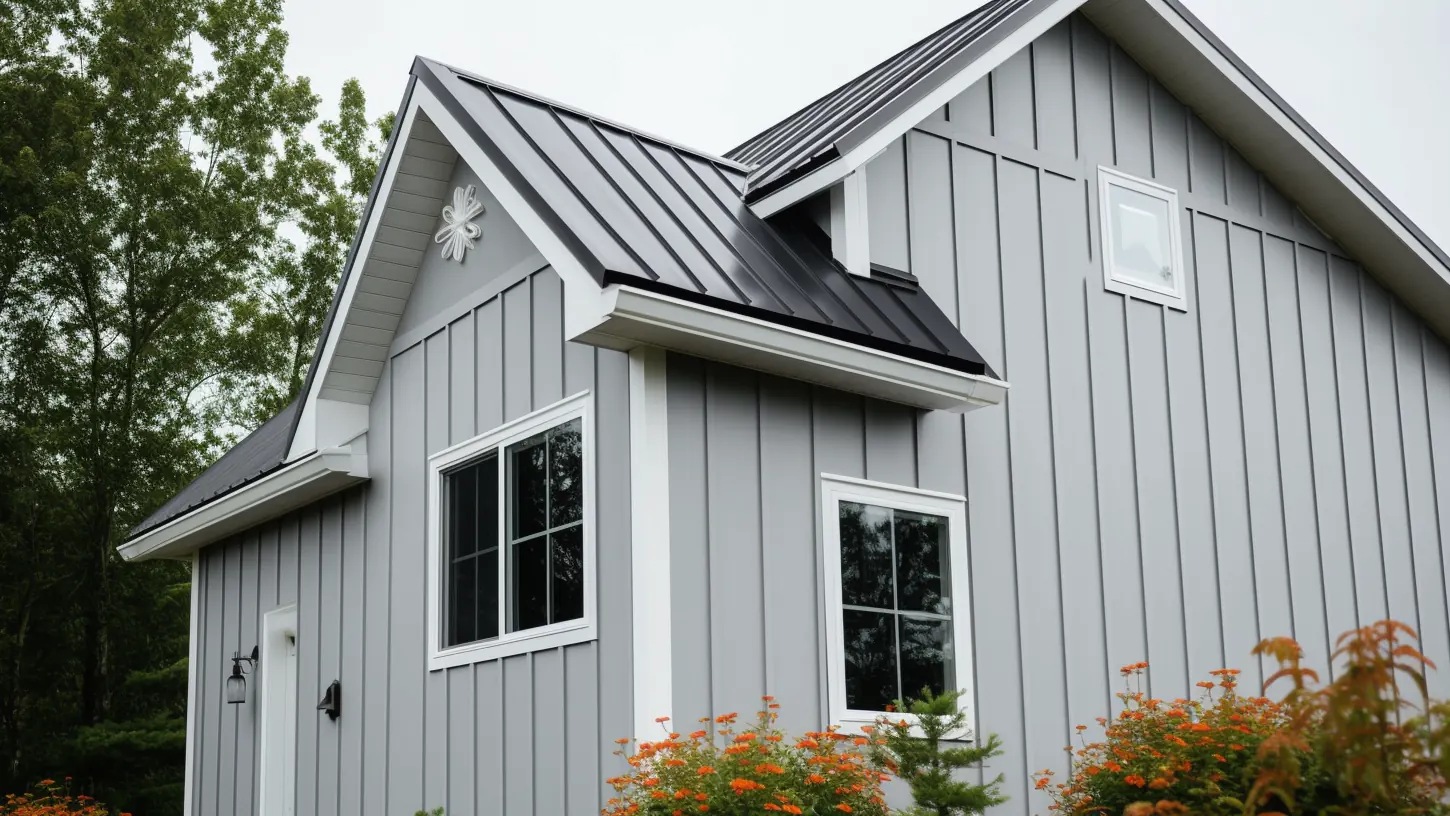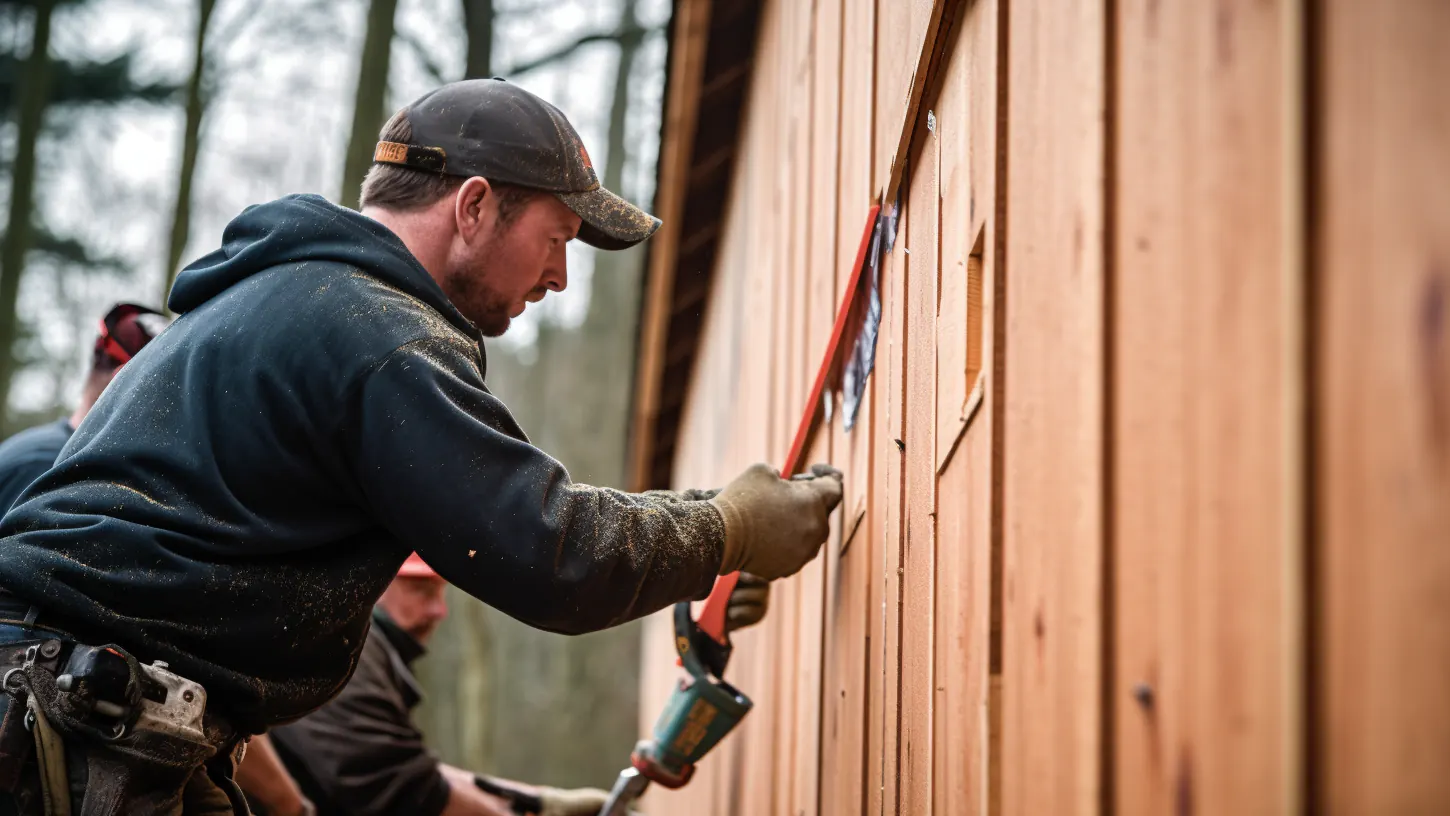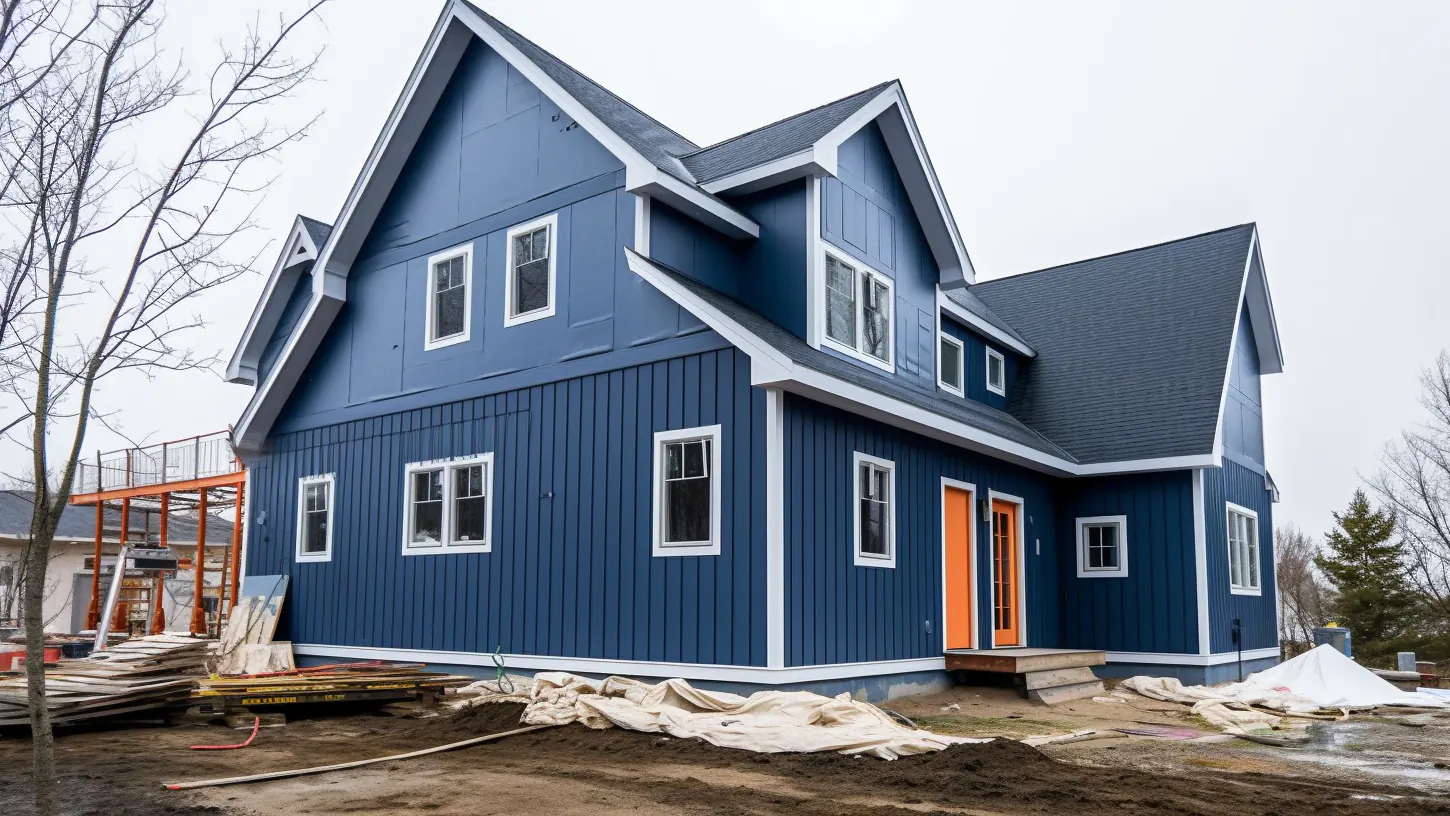Mon to Fri: 09:00 am to 07:00 pm

Mon to Fri: 09:00 am to 07:00 pm

Board and batten wood siding are the epitome of elegance and durability. But what makes this a popular siding style among homeowners and builders alike? Perhaps it's the timeless aesthetic of the overlapping vertical boards that adds a touch of rustic charm to any property. Or maybe it's the versatility of the design, accommodating both traditional and modern architecture with ease.
Furthermore, the durability of the wood siding is a testament to its quality, withstanding the test of time and various weather conditions. Regardless of the reason, board and batten wood siding remain a common choice for homeowners and builders who value both aesthetics and functionality.

Board and batten siding is a popular choice for many homeowners due to its durability, versatility, and timeless beauty. Popular among barn styles, this type of siding is made of wooden boards and thin narrower boards called battens, which are attached vertically to the exterior of a home.
The boards are wider than the battens, creating a unique pattern that adds texture and depth to a house's facade. Board and batten siding also offers protection against harsh weather conditions, as the layers of wood create a barrier against wind and water.
Its vertical design created better ventilation to prevent moisture buildup and rotting. Additionally, board and batten siding can be made from different types of wood, including cedar, spruce, pine, or fir, offering homeowners a variety of options to choose from to match their architectural style and personal taste.
Overall, board and batten wood siding is an attractive and practical option for any home renovation project.

When it comes to board and batten siding, cedar siding is a popular choice among homeowners and architects alike, specifically western red cedar. This wood type is known for its natural beauty and durability which makes it an ideal option for exterior cladding.
Being a softwood, cedar is also easy to work with which enables carpenters to create intricate designs and patterns without sacrificing its strength and stability. The downside, however, is its higher cost compared to other wood types.
The cedar board is a premium product that comes with a premium price tag. Despite this, the long-term benefits of its durability and low maintenance cost make it worth an investment for those looking for an elegant and long-lasting siding option.
While the cedar board is the most popular and most common option within the batten board selection there are a few other types of styles we would like to make you aware of.

Vinyl is another material that is often used for the board and batten siding style. Vinyl is a synthetic material made from polyvinyl chloride (PVC). This durable and weather-resistant material is strong and flexible, making it an ideal choice for the board and batten siding style.
This type of siding features narrow strips of vinyl that alternate with slightly thicker ones, forming a pattern that resembles the traditional board and batten style of wood siding.
The result is a sleek, modern look that can add a touch of sophistication to any home. Additionally, vinyl siding is easy to maintain and resists damage from rot, insects, and harsh weather. If you're considering replacing your home's siding or simply upgrading its look, board, and batten vinyl siding is a smart choice.

The board and batten installation process of this type of siding can be simple when done properly. Here, we will give you a brief explanation of what installing board and batten siding looks like!
First, a moisture barrier should be placed over the exterior of the home. Once this is complete, the boards are installed vertically to the wall at regular intervals. Batten strips are then added over the seams of the boards, completing the look. The battens should be pressed tightly against the trim board and flush with the bottom.
Overall, the process of installing board and batten wood siding can provide a unique aesthetic to the home while also adding protection from the elements.

There are no set board batten widths for board and batten siding. This allows for customization and creativity. There are common combinations such as 1"x2" or 1"x3" battens over 1"x10" or 1"x12" boards.
Board and batten siding can create a deep channel effect on the exterior of a home. This effect is created by the alternating layers of boards and battens, which create a unique pattern on the walls.
The wide boards act as a base layer, while the narrow battens are used to provide texture and depth. By using wider boards and thinner battens, a homeowner can create the desired deep channel effect. Contact us with any questions!
Get a free siding or windows estimate today by simply filling out this form.
Our team members


